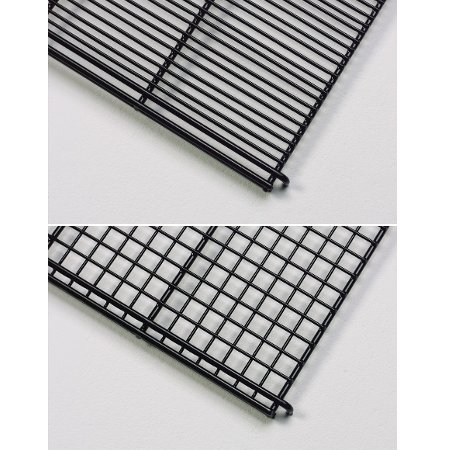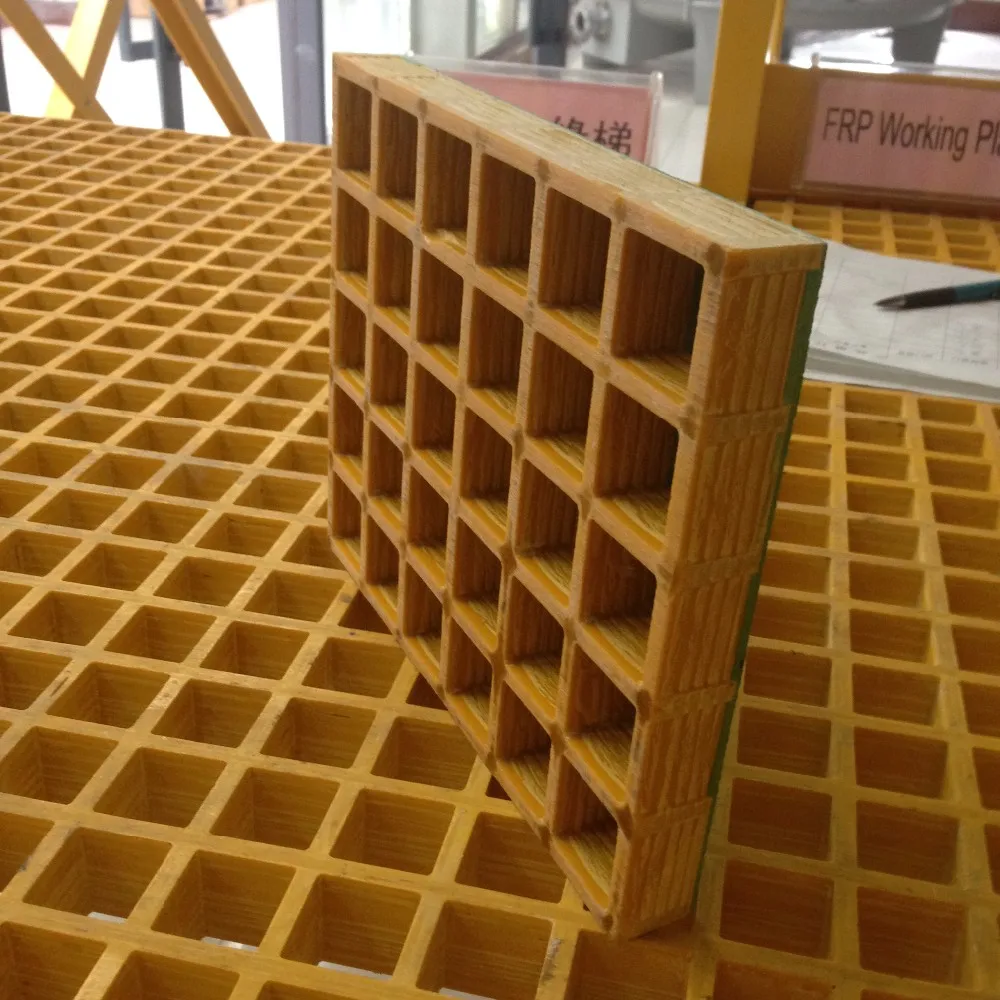

This makes FRP gratings more flexible, allowing for cut-outs for pipework or reshaping for new or complex floor layouts. It is easier to cut than metal grating.Because it is made from reinforced plastic rather than metal it doesn't conduct electricity, making it a safer option for electrically-hazardous installations.This is an important consideration when working around highly flammable liquids and gases. FRP floor gratings won't spark if metal objects are accidentally dropped on it.What makes FRP particularly appealing in certain situations are its unique properties. The glass fibres provide the final product with its strength and durability, while the polymer resins are resistant to corrosive substances. FRP Floor Gratingīoth methods for manufacturing FRP grating rely on the combined characteristics of glass fibres and polymer resin.
Floor grids series#
Pultruded FRP takes resin and glass fibre strands and pulls them through a series of steps to create a new composite material. Moulded FRP is a mesh of vertical and horizontal layers of fibre rovings and liquid resin combined in a mould. Instead FRP gratings are manufactured using either a mould or a method called pultrusion. It is one of the reasons Steve Jobs chose it to make all those iPhones and why it has so many architectural applications.įibreglass reinforced plastic or FRP floor gratings are replacing traditional floor gratings materials in a number of different industrial applications.Īs the name suggests it is not made from metal. Aluminium Floor GratingsĪluminium is also sometimes regarded as having greater aesthetic appeal than other materials. As a material, aluminium is not as strong as steel but it is lighter.Īs a result, aluminium floor gratings are popular in industrial environments where weight is a primary consideration.

The crossbars are automatically pressed into the bearing bars and enclosed by an edge, guaranteeing a rigid panel.Īluminium floor gratings are often chosen as a lightweight option. Pressed gratings are sturdy grids of bearing bars and crossbars made from steel strip. offshore industry, these gratings are produced with serrated bearing bars.

Also, one or two additional cross bars can be added to prevent objects from falling through. These gratings mats form the basis of tailor-made precision gratings with multiple applications. The crossbars of drawn and twisted steel are, contrary to the manufacturing of pressed gratings, pressed into the bearing bars and resistance welded at every joint to ensure high rigidity. The bearing bars made from steel strip are not notched or punched. Welded electro-forged gratings are sturdy grids of bearing bars and crossbars. The most popular two feature a 30mm load bar pitch with either a 100mm or 50mm cross rod pitch. It also has great yield and tensile strength. Steel as a material offers excellent durability and resistance to corrosion. It is manufactured using a combination of vertical load bars and horizontal cross rods. Steel is the most popular material for floor grating. This article describes the most commonly used gratings and types, such as steel floor gratings, aluminium floor gratings and fibreglass reinforced plastic (FRP) floor gratings. In addition to walkways and raised platforms, floor gratings are used on bridges, commercial-grade catwalks, drain and gully covers, jetties, steps etc.īut there are a number of different options when it comes to choosing your industrial floor gratings. And often the material can be reused or recycled, which makes grating more environmentally friendly. It can be stored and installed relatively easily. It is aesthetically appealing, offering good ventilation and slip resistance. Gratings are lightweight, affordable and low maintenance. Floor gratings are often seen as a superior alternative to flat surfaces for flooring, walkways, raised platforms and various other industrial applications.


 0 kommentar(er)
0 kommentar(er)
